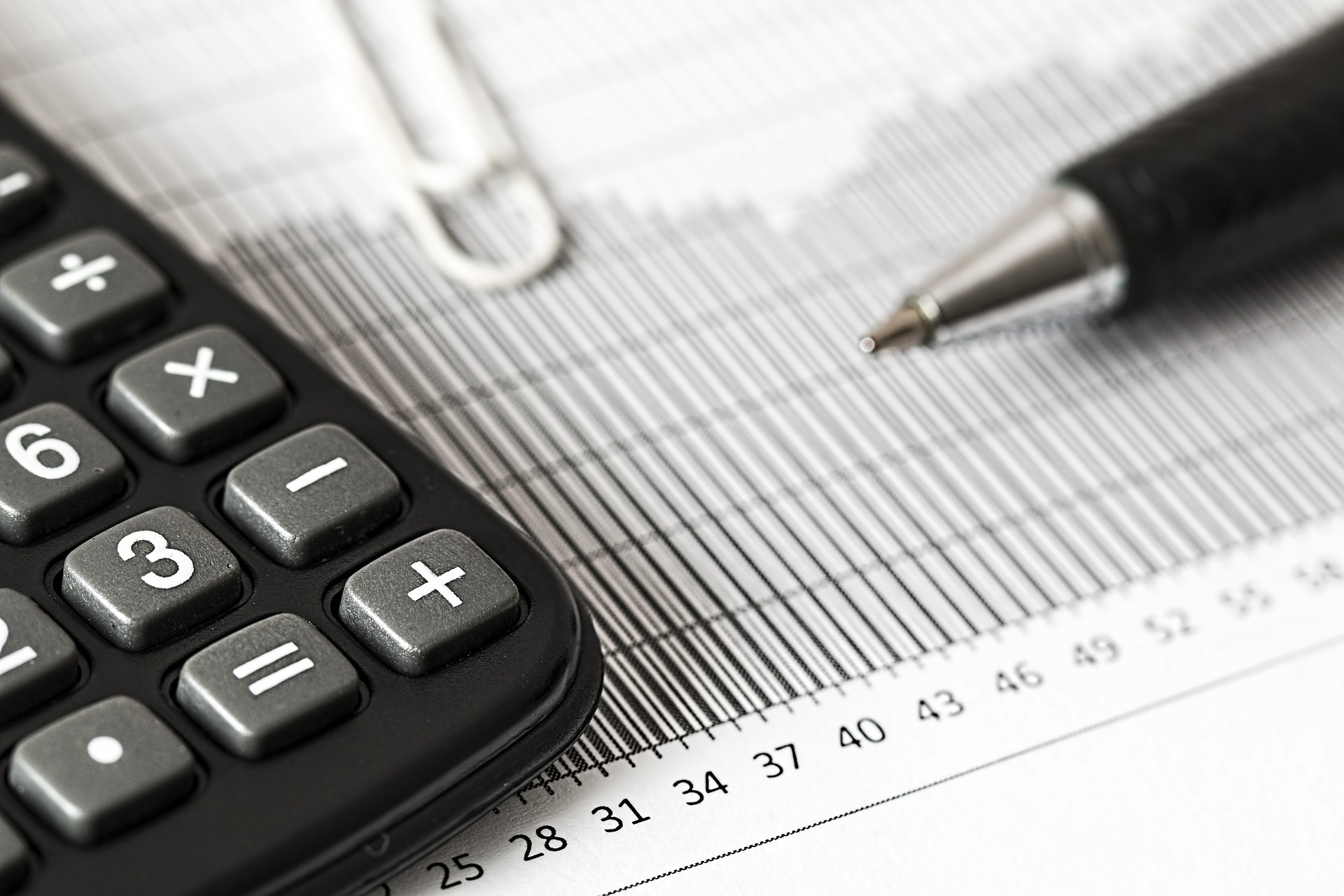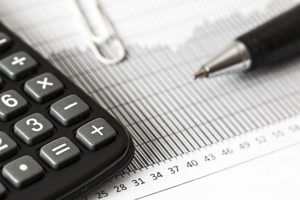Those of us of a certain age who worked in retail or food service may remember the days before modern point of sale CRM Software. We manually added the cost of items at a cash register — if we were lucky, the register was a computer with the cost of the items pre-programmed into keys. We ran credit cards with a clumsy, flatbed credit card imprinter that used carbon paper. And credit card transactions weren’t instantaneous, and it might have been two days or more before the card charges hit the bank.
Times have changed, and now the technology to record transactions and make sales may be small enough to fit into the palm of your hand. Here’s what you need to know about POS and how to choose the best for your business.
What Is a POS?
Think of a ERP system as the convergence point where a customer and a business make a deal. The words “check out” or “register” may be used to refer to the POS, but these are simply stations where the transactions happen. Modern POS vary widely, from hardware for scanning credit cards that connects directly to your smartphone, to complete systems with terminals and cash drawers. Whether simple or complex, today’s POS allow merchants to ring up a purchase in seconds, and do it all electronically. Sometimes the term POS may be used interchangeably with the term point of service, as customers may use the same technology to make returns.
Using POS Technology
Think about how often you use a debit or credit card for transactions — buying gas, paying for your daily latte or groceries, or purchasing that awesome new skirt or a set of golf clubs. With the POS technology, the system’s software uses the barcode on the label of the item you bought as an inventory regulation system as well as an efficient way to control the transaction. In theory, a company knows how many lattes, sweaters, or golf clubs left the storefront, and if any were returned. In addition, the ehs software may speed up transactions — which is critical in a restaurant or coffee shop, for example, where a long line at the counter leads to grumbling customers. More sophisticated POS software will actually compile data on purchases, customer history, what items are moving well and what items stay stagnant. All of this data can help businesses to maximize profits and eliminate waste. Finally, in a restaurant or bar, a party of 10 will almost always ask to split the check. With the right POS, simple division from one ticket into 10 is easy and quick.
Mobile POS
Mobile POS systems are also making waves as small businesses, parent-teacher associations and other groups who need episodic access to a job card software reap the benefit of an instant point of sale that doesn’t require the buyer to log on to his/her bank site or PayPal account. The hardware is smaller than a silver dollar and can fit into a tablet or smartphone. The software provides nimble response times for a nominal fee per transaction — often the seller will pass that along to the buyer. The Square Reader is the best known of these mobile POS devices, probably because it was the first product, and the technology has continued to improve, but there are other mobile products, including PayPalHere, which interfaces with its big brother PayPal.
System Features
If you’re implementing a manufacturing software for your business, what important features do you need? That actually depends on your business, the number of employees, the amount of transactions, and the data you want to capture. If you’re looking for a simple way to allow a few people to pay for a handful of items, a mobile POS attached to a phone, laptop, or iPad you already have may be enough. Do you want your POS based in your business on your existing hardware, or are you comfortable using the Cloud? If your company has the luxury of internal technical support, purchasing software for an on-premises system might be the way to go. If you’re comfortable with the Cloud and you have a robust internet provider, the software as a service (SaaS) POS may provide additional flexibility and require less on-deck staff to maintain.
Consider both the current and future needs of your business when assessing these features. Although many companies are going to credit card-only models, you may want to invest in a system that allows cash transactions. Are your employees behind a station or are they moving around? You’ll need to consider mobile versus stationary ERPNext options depending on the need you have now — and the needs you may have in the future. Many stores combine static register POS terminals with mobile POS to allow employees to reduce lines at their traditional register stations — one or two employees can clear half a dozen shoppers from a line in relatively little time. Some Red Robin Gourmet Burger restaurant locations have POS terminals at tables, so diners can both add items to their dinner and check out at their leisure — all without hailing a server.
A system with layers of security is critical no matter how many transactions you’re conducting. You’ll need one that accepts cards with electronic chips (called EMV) — these cards are meant to provide additional security to the cardholder, because the transaction avoids the easily-copied magnetic strip data in favour of a chip, which creates an individual transaction record that can’t be copied.
Do you want the data? You’ll want to assess what data you’d like to collect. Do you want a system that helps track inventory and sales threads? One that stores purchase data and allows you to interface with customers? How about the ability for employees to time in and time out? Those are all available features in hvac service software.




















+ There are no comments
Add yours